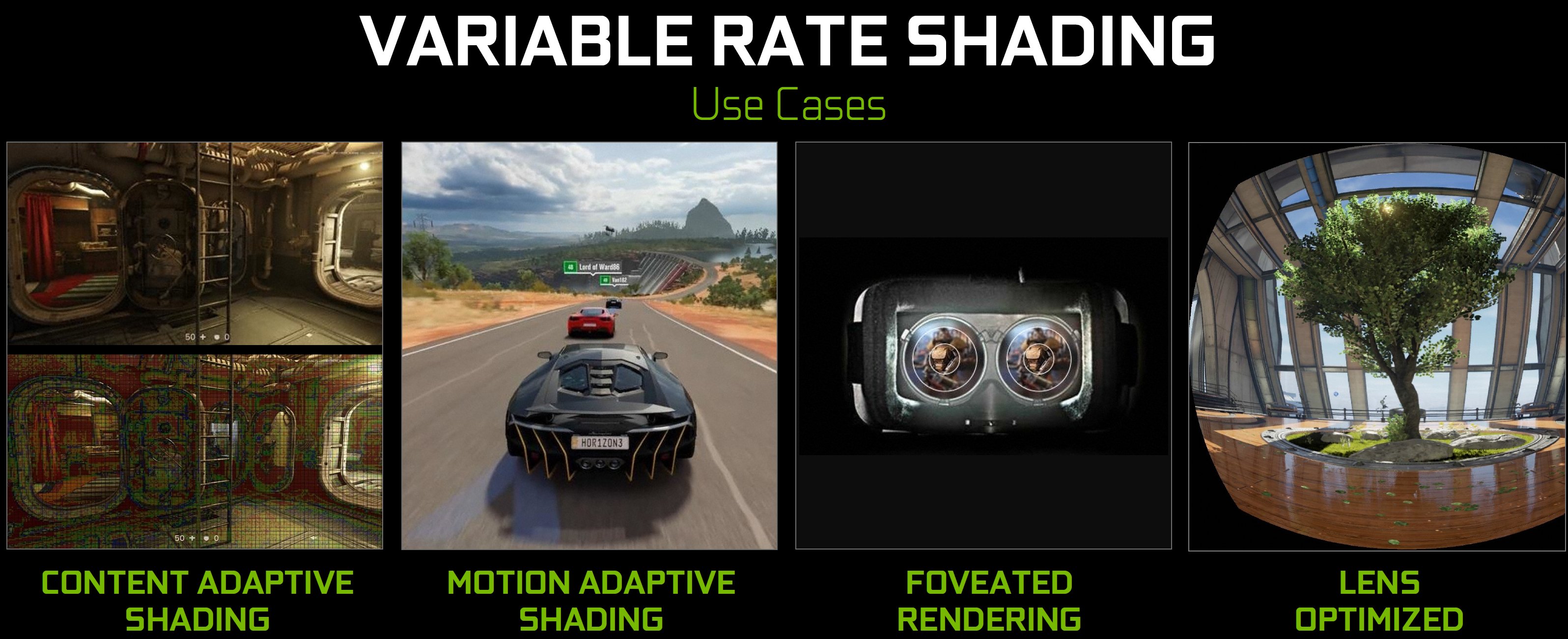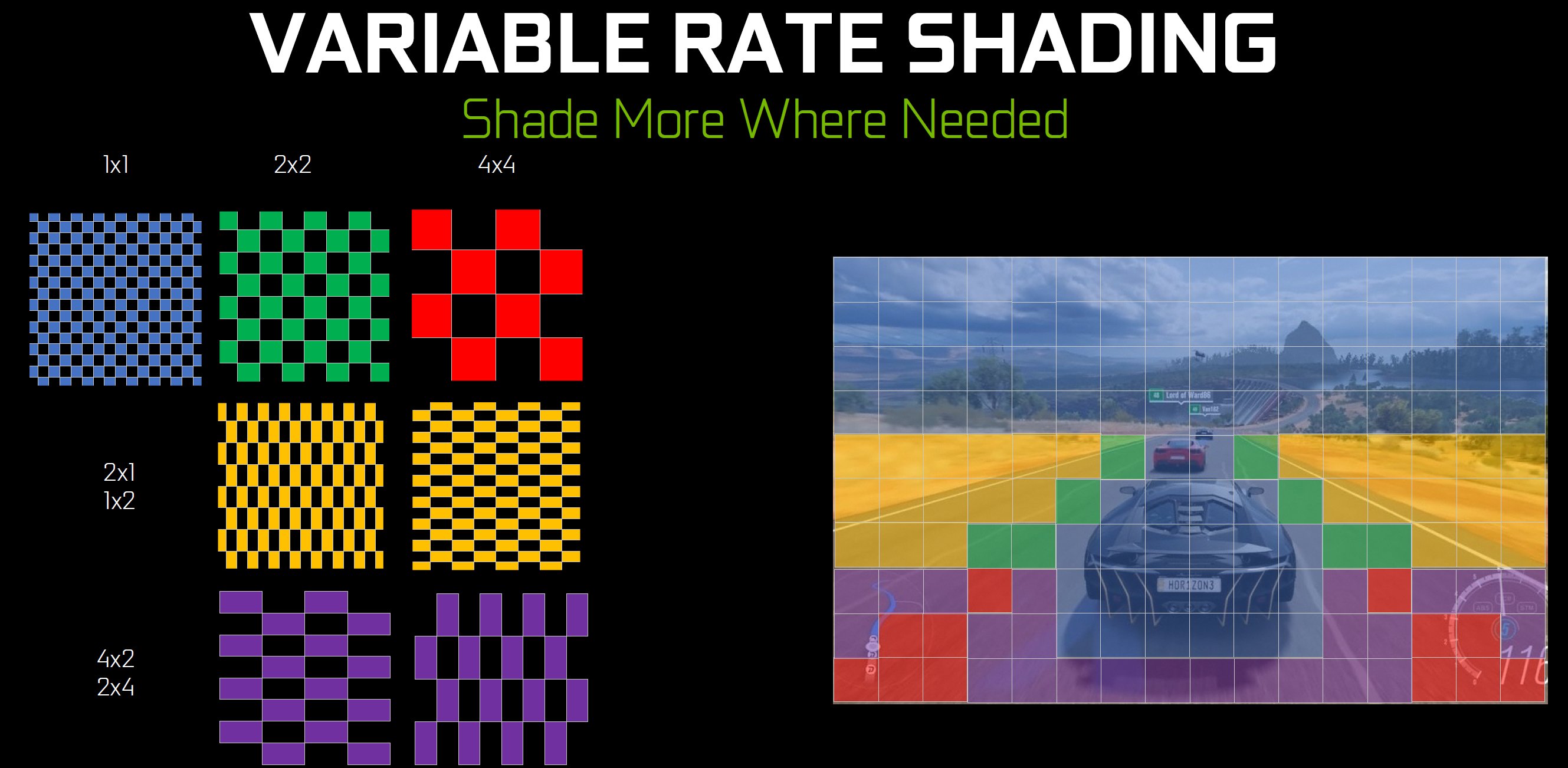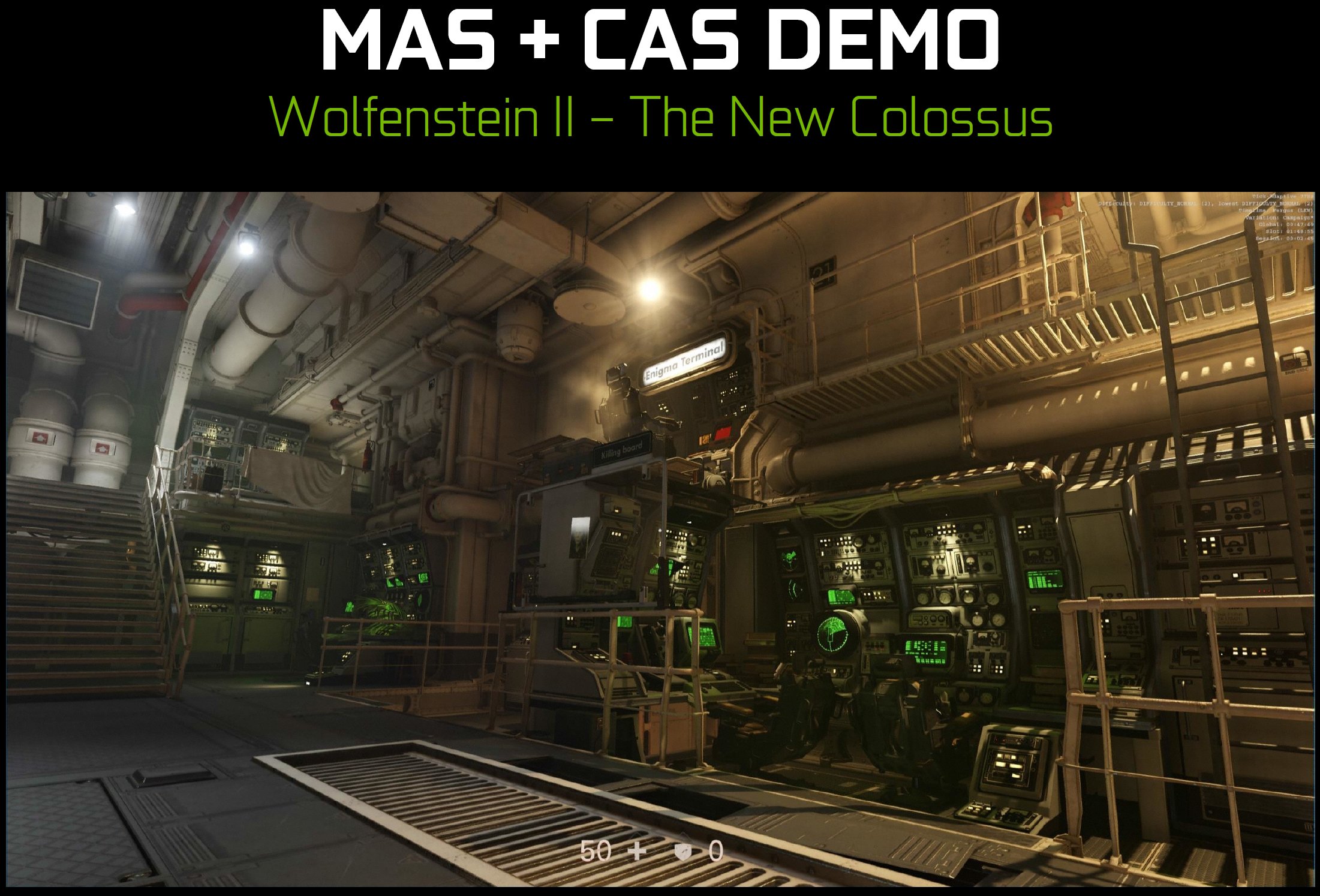Mesh Shading: The basis for more on-screen objects
Architectural enhancements are often reflected in changes that affect today's game offering and split new, forward-looking features that require support from future titles. At least at the time of launch, Nvidia's GeForce RTX cards will have to be judged mostly on the former due to the lack of suitable games.
So today's games are what we can really base. And while the hardware professionals have their own opinion of what real-time ray tracing means for an immersive gaming experience, I've been around long enough to know that you can't just make hardware because of promises about what's coming. can be recommended.
However, the Turing architecture includes some advanced graphics features that have plenty of potential but are not yet accessible. For example, the mesh shaders complement the existing DirectX 11/12 graphics pipeline, where the host processors are responsible for calculating the level of detail, sorting out objects that are not in sight, and issuing draw calls for each object. Up to a certain point, CPUs are still useful for this. But in complex scenes with hundreds of thousands of objects, they find it difficult to keep up with the GPU.
By using a mesh shader instead in the future, game developers can transfer the LOD calculation and culling of objects to a special task shader that replaces the vertex shaders and Hull shaders. Because the task shader is more general than a vertex shader, it is able to take a list of objects and run them through a compute program that determines where objects are located, which version of each object should be used based on the LOD, and whether an object must be selected before it is passed in the pipeline.
Shading at variable rate: it's even smarter
In addition to optimizing the way Turing processes the geometry, Nvidia also supports a speed-choice mechanism that renders pixels in different parts of a scene to improve performance. Of course, the hardware can output every single pixel as usual in a 1×1 pattern. The architecture also allows 2×1 and 1×2 options, along with 2×2 and 4×4 blocks.
Nvidia offers several use cases where shading at a variable rate makes sense (although too much of the good could negatively affect the image quality). The first case would be content-adaptive shading, where less detailed parts of a scene don't change as much and can be rendered at a lower speed. There is actually a build of Wolfenstein II with variable shading function. In it, you can turn on the shading rate visualization to see how complex objects are not affected by this technology at all, while more easily structured areas are rendered with a lower resolution.
A series of intermediate steps even allows several different rates. We have to imagine that game developers who want to use variable rate shading in a content-adaptive way will always put quality above performance (hopefully!). Nevertheless, I would like this to be activated as a switchable option, so that both options are open to you and you can compare for yourself whether you need it or not.
Motion-adaptive shading is another interesting application of Nvidia's shading technology, which perceives passing objects at a lower resolution than the subject we're visually focusing on. Based on the motion vector of each pixel, game developers can determine how aggressively they reduce the shading rate and apply the same patterns as in the content-adaptive example. Implementing this correctly requires an accurate sequence model to ensure that the right rates are always used when you want to rotate, sprint forward, or slow down backwards.
Nvidia presented us with a demo of Wolfenstein II with content- and motion-adaptive shading. The performance increase, which can be attributed to variable shading in this title, was in the order of approx. 15%, if only because Wolfenstein II is already running at such high frame rates. But on a slower card in a more demanding game, it should be possible to achieve up to 20% more power at the level of 60 FPS. More importantly, there was no discernible loss of image quality.
Although Nvidia hasn't said much about how these hardware features are to be used by developers, it can be assumed that the Wolfenstein II demo was programmed under Volcano with extensions already available, and that Nvidia was using Microsoft to integrate DirectX.
- 1 - Einführung und Vorstellung
- 2 - TU102 + GeForce RTX 2080 Ti
- 3 - TU104 + GeForce RTX 2080
- 4 - TU106 + GeForce RTX 2070
- 5 - Performance-Anstieg für bestehende Anwendungen
- 6 - Tensor-Kerne und DLSS
- 7 - Ray Tracing in Echtzeit
- 8 - NVLink: als Brücke wohin?
- 9 - RTX-OPs: wir rechnen nach
- 10 - Shading-Verbesserungen
- 11 - Anschlüsse und Video
- 12 - 1-Klick-Übertaktung
- 13 - Tschüss, Gebläselüfter!
- 14 - Zusammenfassung und Fazit







































Kommentieren